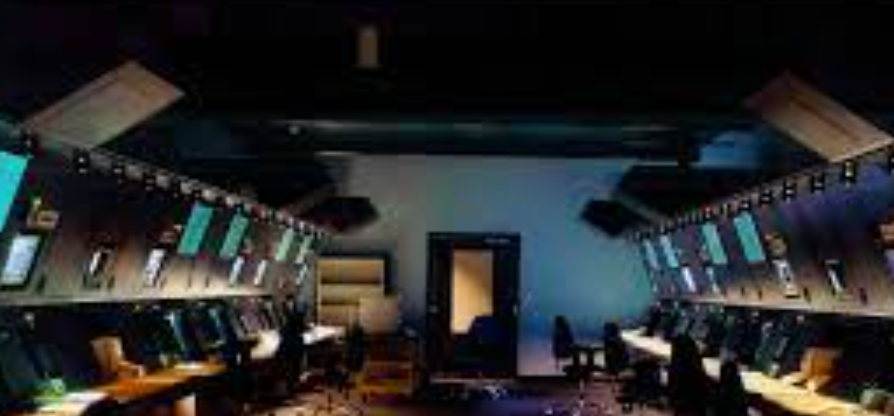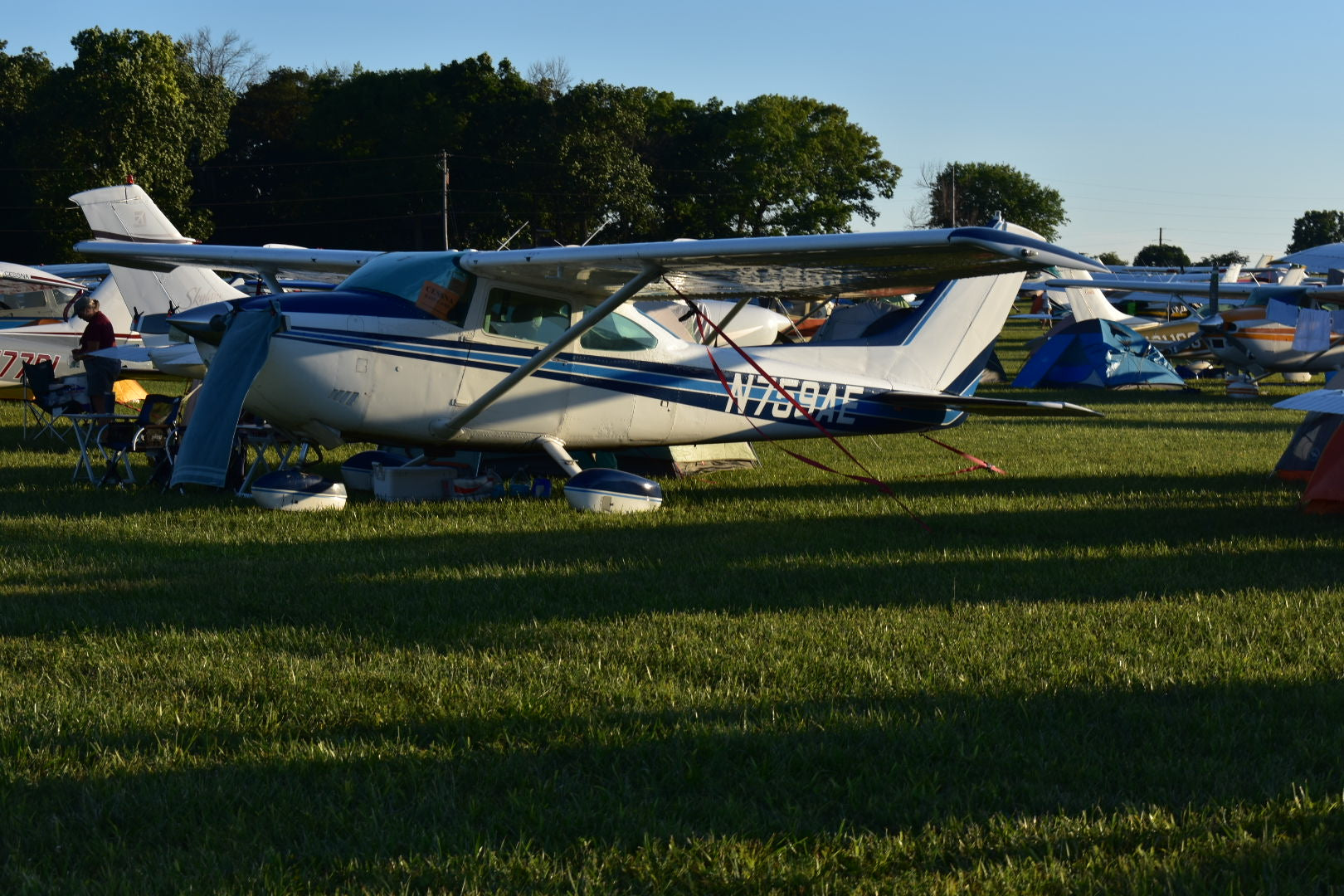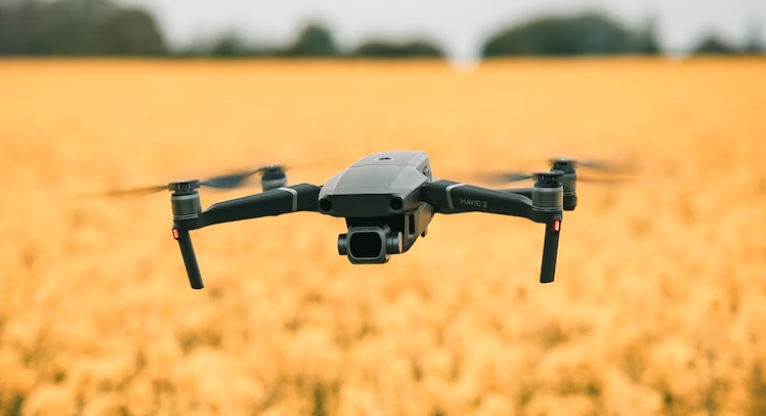A group of us, maybe 10 altogether, from a local pilots’ organization made our way down to San Diego’s Montgomery Field, KMYF, some of us flying and others driving, to visit SoCal TRACON, on Friday afternoon, June 9. The TRACON is located close to Miramar NAS. We met up for lunch first, at Casa Machado, a nice Mexican restaurant on San Diego’s Montgomery Field. Then we made our way by car or Uber the short distance to the TRACON, which is about a 10-minute drive to the north.
The TRACON is open for tours again, in what is called ‘Operation Raincheck’. In order to visit the TRACON, you need to go through a process; first, requesting permission to visit, and then after receiving permission, supplying the full name and driver’s license number of all who wish to visit the facility. This is all part of their government protocols. This being an air traffic control facility, security precautions are a must. On arrival, we checked in first with a security guard, at a security gate just outside the facility and were then issued a name badge for our visit.
We were met at the door by our host, and veteran ATC Controller, Rob Reddeg. Rob told us he’s been at SoCal for 15 years. He is a US Navy Veteran, and that’s where he was trained as an air traffic controller. He is very personable, as well as of course very knowledgeable. He provided his contact information in case we ever have questions. He’s also active on Facebook. Rob provides a great ‘outreach’ service for the TRACON, as he tries hard to address any operational questions we might have, in a continuing effort to better educate pilots about what to expect when dealing with the TRACON, and how it works, etc.
He had an excellent PowerPoint Presentation for us, which explained the size and scope of SoCal’s operations, and we spent more than an hour asking questions and discussing various situations that we have experienced, like why did this or that happen? He also told us about the TRACON, and how busy it is. They have more than 250 controllers on staff. This is the busiest ‘terminal’ airspace IN THE WORLD!
Southern California has a unique combination of terrain (ocean, deserts, and mountains), along with both military and civilian airports, including air carrier airports, as well as Class Bravo, Charlie, Delta, and Echo airspace, in a geographic area extending from the Mexico Border, north to the Mojave Desert, and roughly from Palm Springs in the east to Camarillo in the west. Rob pointed out that sometimes there is NO good answer for something that might have happened to a particular pilot on a given day. It just depends on a particular controller in a particular situation, as to why a particular clearance might have been given, etc., or there was an issue with separation. As he pointed out, controllers are only human, and sometimes stuff just happens. That’s when you fill out and submit a NASA form if you are concerned about what happened, or if a pilot deviation occurred.
After Rob finished the PPT, he led us up to the ‘radar room’ as it’s called, a room where the controllers sit at their scopes and keep traffic moving. It’s a darkened room, and is usually relatively quiet, with controllers speaking in muted voices. They currently have 3 rows or aisles of controllers, with each aisle controlling different sectors or areas, which include different airports. There are also supervisors’ desks for each area, who oversee the operation.
Rob tells us that SoCal has a big expansion planned for the radar room, that will start later this year, and will improve the layout and the efficiency of the operation. He also told us that SoCal TRACON has upgraded their radar. It is now a ‘fusion’ radar, which sweeps every 7 seconds, and that, combined with ADS-B, gives the controllers a better picture of what’s going on.
As you might guess, this is a 24/7 operation. And when there is any weather to deal with, it gets very busy! There’s only so much airspace and so much room, both in the sky and on the ground, at various airports.
In all, it lasted about 90 minutes, and we were all impressed with what we saw. It’s good to see air traffic from the controller’s perspective. We don’t see what they see, the ‘big picture’.
They did not allow cameras or photos in the radar room. So, all of my pictures were taken before that point.
Even though I’ve had tours of various ATC facilities before, including SoCal, many years ago, it’s always impressive, seeing what they do and how they do it. I was impressed! I always learn something new about how the system works and gain a better understanding, which in turn helps me as both pilot and instructor.
Fly safely,
John



